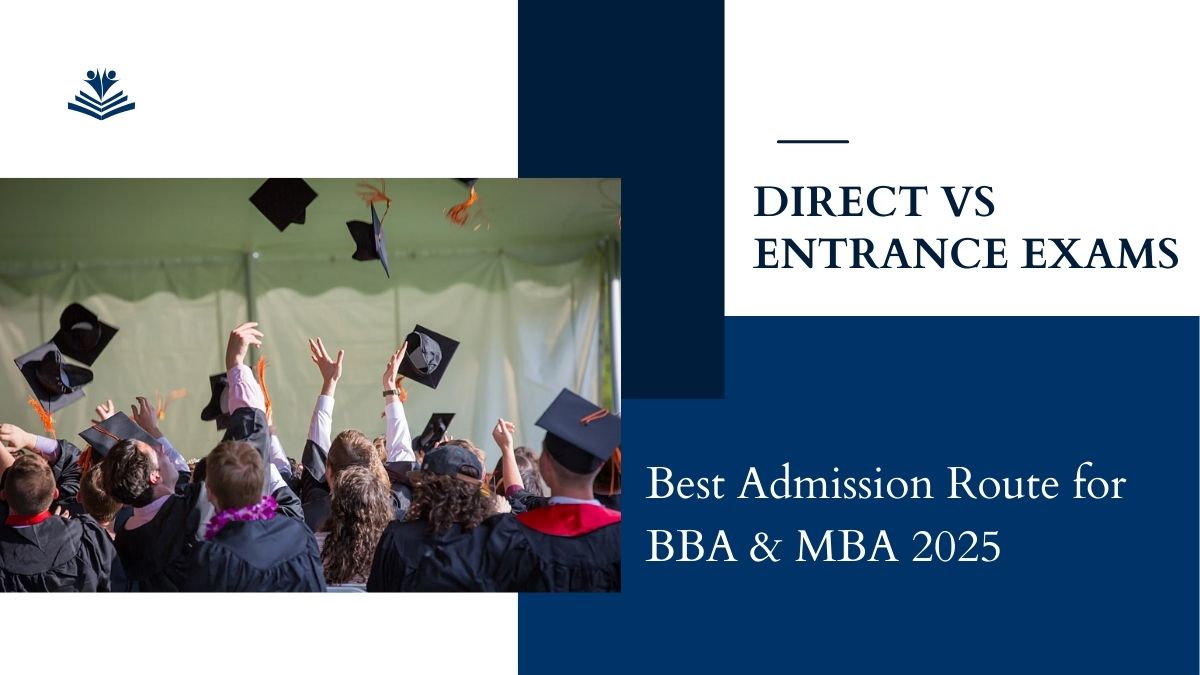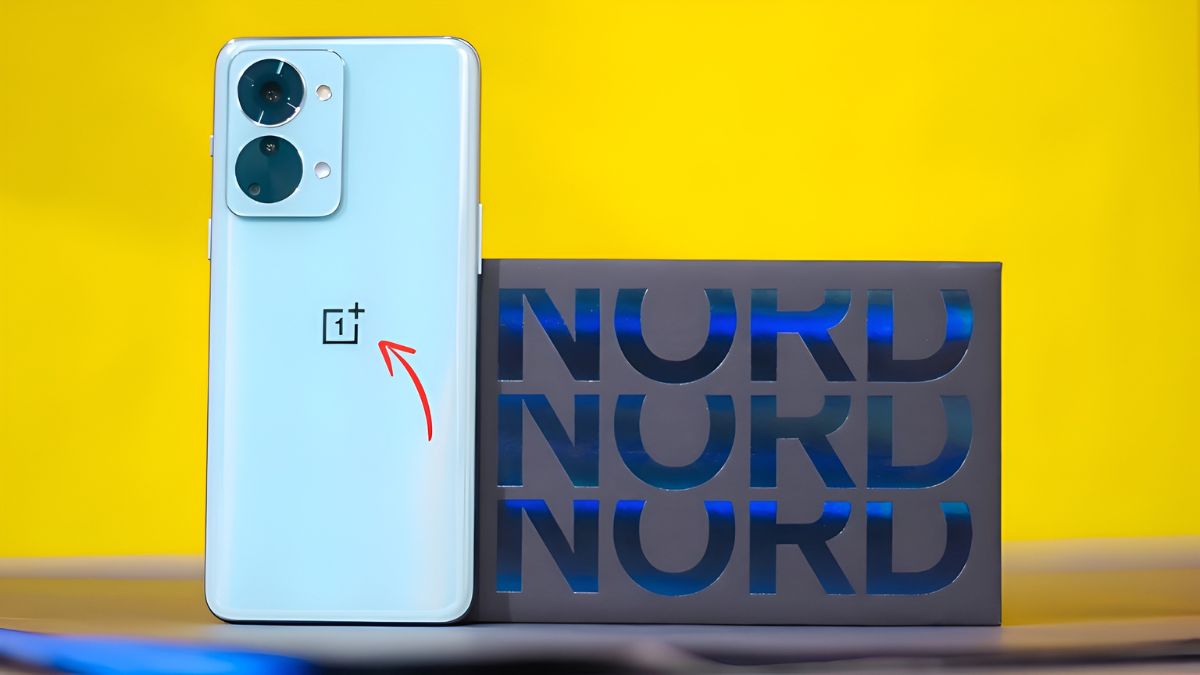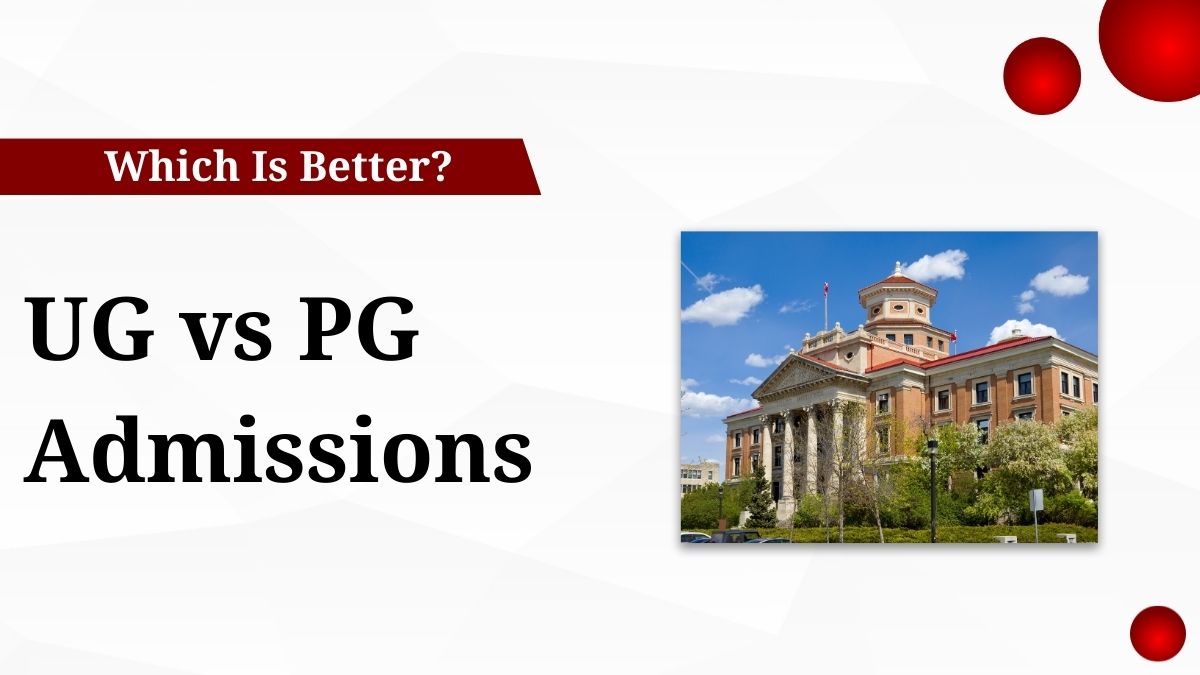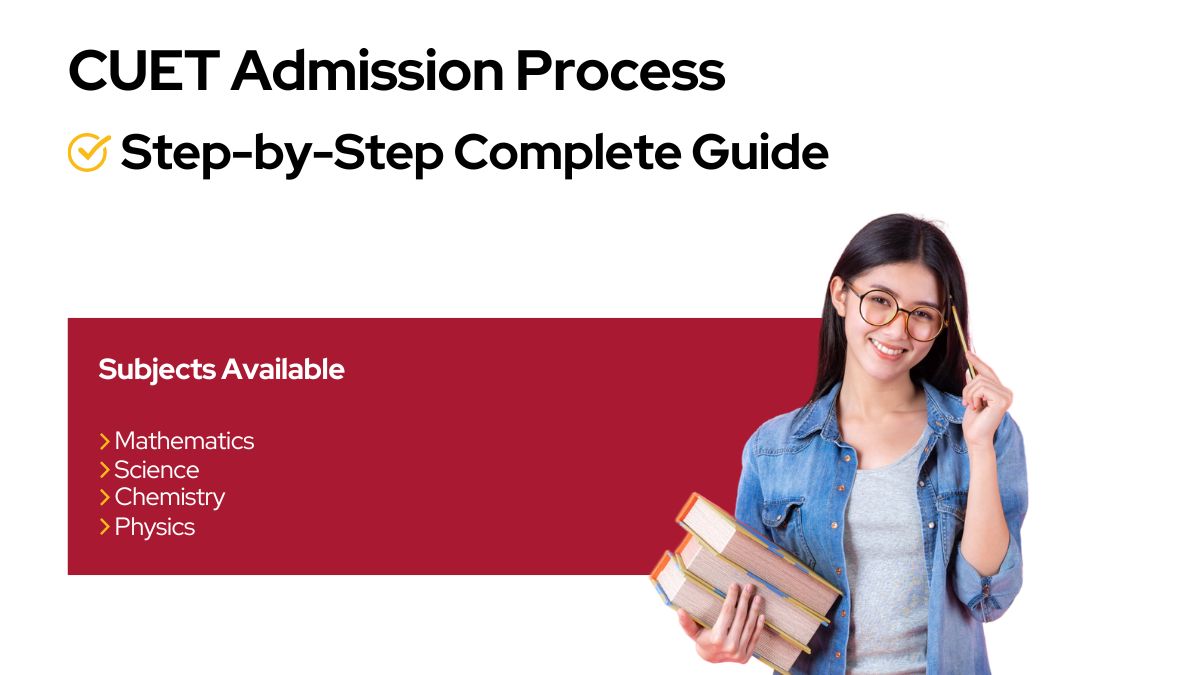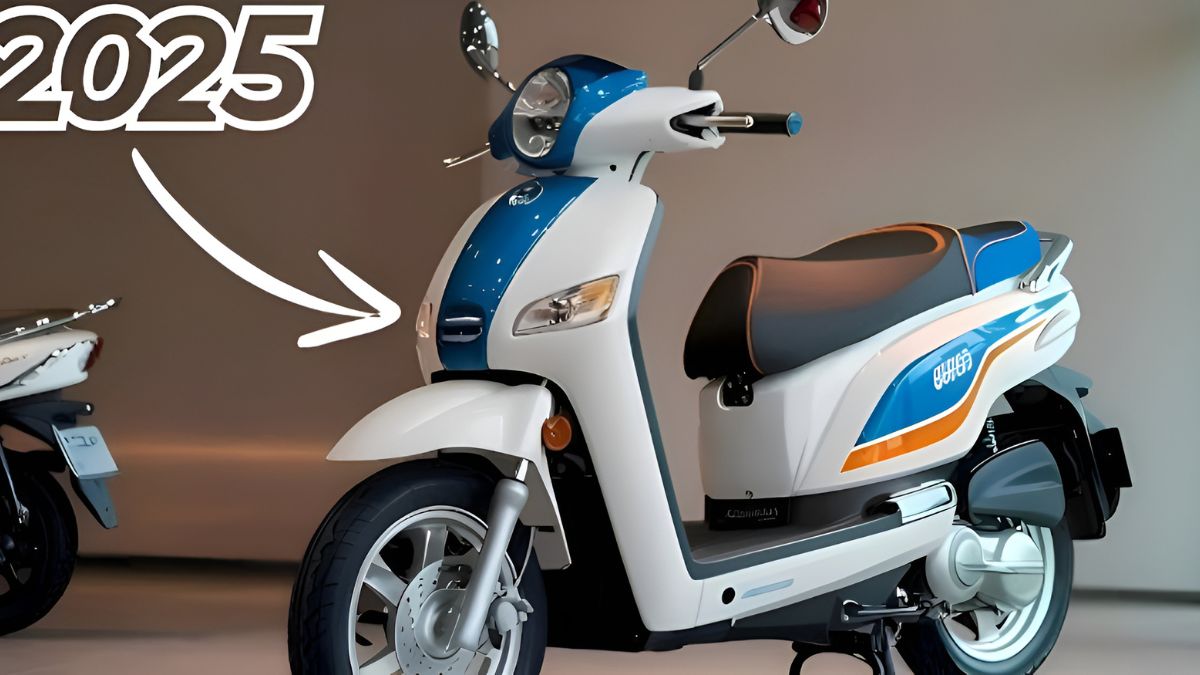Introduction – The Real Hassle of Admission
Getting admission to college is not just a matter of choosing a course or college. It is a huge decision as it can affect your entire life and career. Especially if you are planning to pursue BBA or MBA, the question becomes even bigger –
“Should I take direct admission or give entrance exam?”
Today, there are two main routes of admission that are most popular:
- Direct admission
- Entrance-based admission
Both have their own advantages and disadvantages. And with colleges now offering a variety of options, it becomes even more difficult for students to decide which route is right for them.
Think – should you go straight to college and get admission and start studying right away?
Or should you work hard and prepare for tough exams like CAT, IPMAT, CUET, where thousands of students compete to get a single seat?
If you are in this dilemma, then do not worry. In this article, we will understand both the options in simple language, see their advantages and disadvantages and try to decide which type of admission will be better for you.
What is direct admission?
As the name itself suggests – direct admission means that you do not need to give any major competitive exam to get admission in college.
In this, the college allots a seat by looking at your 12th mark sheet (for BBA) or graduation marks (for MBA). In some places, admission is also available through management quota or NRI quota.
How does it work?
- If you are applying for BBA, the college will look at your class 12 marks.
- If you are applying for an MBA, your graduation marks and sometimes an interview or SOP (Statement of Purpose) are considered.
- Many private colleges reserve a percentage of their seats every year for direct admissions.
Colleges offering direct admission
- Amity University
- Christ University (for some courses)
- Jain University
- NMIMS (some management quota seats)
- Many AICTE approved private B-schools
A common misconception
Many people believe that direct admission means “buying a seat through unfair means”. This is not the case. It is a completely legal method as per UGC/AICTE rules.
What is entrance-based admission?
The other way is to get admission by giving entrance exams. This is considered to be a more traditional and difficult method.
In this you have to first give the entrance test, then based on its score your GD (Group Discussion), WAT (Writing Ability Test) and PI (Personal Interview) are conducted.
Major entrance exams for BBA
- IPMAT – IIM Indore, IIM Rohtak
- CUET UG – Delhi University and other central universities
- NPAT – NMIMS
- SET – Symbiosis
Major entrance exams for MBA
- CAT – IIMs and top B-schools
- XAT – XLRI and others
- NMAT, SNAP, MAT, CMAT, GMAT – both domestic and international options
Colleges that require entrance
- IIMs
- Delhi University
- XLRI, NMIMS, Symbiosis, SPJIMR and many other top B-schools
Direct vs Entrance – Easy comparison
| Criteria | Direct admission | Entrance-based admission |
|---|---|---|
| Basis | 12th/graduation marks, management quota | Entrance score + GD/PI/WAT |
| Colleges | Mostly private universities | Top government and private (IIMs, DU etc.) |
| No special preparation required | Yes | 6–12 months of preparation |
| Competition | Low | Very high (thousands of students per seat) |
| Fees | Generally high | Less in government colleges, scholarships are also there |
| Placements | Depend on the reputation of the college | Generally strong, especially in IIMs |
| Brand value | Depends on the college | Top brand and name-recognition |
Advantages and disadvantages of direct admission
Advantages
- No exam stress – No stress of exams like CAT, IPMAT.
- Fast and easy process – Admission is done within a few weeks.
- Flexibility – Great for those who don’t want to spend time or energy in exam preparation.
- Good for working professionals – Salaried people who want to do MBA can easily apply.
Disadvantages
- Fees are high – Expenses may increase due to management quota or NRI seats.
- Colleges limited – This option is not available in top government colleges.
- Low brand value – People may think it is the “easy way”.
- Less scholarships – Most scholarships are available on entrance scores.
Advantages and Disadvantages of Entrance-based Admission
Advantages
- Admission to top colleges – Opens doors to institutes like IIM, DU, XLRI.
- Better placements and ROI – Strong alumni network, campus hiring from big companies.
- Merit-based scholarships – Good scores can reduce expenses.
- Social recognition – Clearing CAT or IPMAT itself is considered an achievement.
Disadvantages
- Very competitive – Hundreds of thousands of students vie for one seat.
- Long preparation required – 6 months to 1 year of hard work is required.
- Uncertainty – One day’s bad exam can spoil the whole year.
- Stress and pressure – Continuous study can increase mental stress.
What is the trend in 2025?
- Combination of both paths – Many students prepare for CAT/IPMAT but also keep the option of direct admission in a private university open.
- Skill-first approach – Students are asking, “What skills will I actually get?” This is why colleges with internships and practical projects are becoming more attractive.
- Role of AI and EdTech – Online platforms and AI tools are making preparation easier.
- Exam fatigue – After Covid, children are getting tired of exams Many are tired of the hassles, so many are opting for direct admission.
- Strategic approach to MBA – Professionals and students with gaps are now opting for Executive MBA or PGDM through direct admission.
How to decide which path is right?
It depends on your dreams, your capabilities and your circumstances.
Ask yourself these questions:
- What is my career goal?
IIMs and top MNCs? → Entrance Exam
Business or family business? → Direct Admission - Do I have time to prepare?
6–12 months → Entrance
Need early admission → Direct - What is the budget?
Need scholarship → Entrance
Can afford a little higher fees → Direct - Can I handle the stress?
Like competition → Entrance
Want less stress → Direct
Final Thoughts
Both routes are good, you just need to see which one is better for you.
If you are hardworking, like structure and want top branded colleges → Entrance route is better for you.
If you want to learn practical, avoid exams and start studying early → Direct route is right for you.
At the end of the day it is not just about which route you take to get in, what really matters is what you do after getting in.
